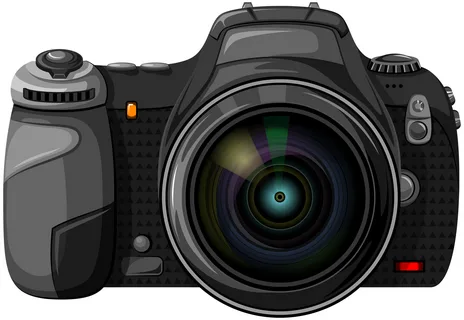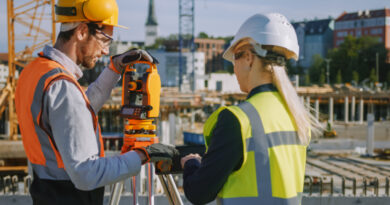How to Choose the Right ATEX Camera for Your Needs
Selecting the right ATEX digital camera is crucial for industries operating in hazardous environments, such as oil and gas, chemical processing, and mining. These cameras are designed to safely capture high-quality images and videos in explosive atmospheres where traditional cameras pose a significant risk. With various options available, knowing what to look for can help ensure you make the best choice for your needs.
1. Understand ATEX Certification
The most important factor when choosing an ATEX digital camera is its certification. ATEX (Atmosphères Explosibles) compliance ensures the camera meets European safety standards for explosive environments. Identify the zone classification required for your industry—Zone 1, Zone 2, Zone 21, or Zone 22—and ensure the camera meets these specifications.
2. Assess Durability and Build Quality
ATEX cameras are used in extreme conditions, so durability is key. Look for models made from corrosion-resistant materials like stainless steel or high-impact polycarbonate. A rugged build ensures long-term performance in environments with high humidity, chemical exposure, or temperature fluctuations.
3. Check the Ingress Protection (IP) Rating
A high IP rating indicates protection against dust and water. For an ATEX digital camera, an IP rating of at least IP65 is recommended, while IP66 or IP67 offers additional resistance to harsh conditions.
4. Prioritize High-Quality Imaging
Safety and compliance should not come at the cost of poor image quality. Choose an ATEX camera with high resolution, infrared (IR) capabilities, and low-light performance to ensure clear images in dark or challenging environments.
5. Consider Wireless and Remote Access
Advanced ATEX digital cameras offer wireless connectivity options such as Wi-Fi or 4G, allowing real-time remote monitoring. This feature enhances safety by reducing the need for personnel to enter hazardous zones.
6. Evaluate Battery Life and Power Options
Depending on your operational needs, choose between rechargeable or replaceable battery options. Some models also support direct power connections for continuous use in fixed installations.
7. Look for an Intrinsically Safe Design
An intrinsically safe ATEX digital camera is designed to prevent sparks or excessive heat, eliminating ignition risks. This is a critical feature for environments with flammable gases or dust.
8. Explore Thermal Imaging Capabilities
Thermal imaging is beneficial in detecting gas leaks, overheating equipment, and other potential hazards. Some ATEX digital cameras integrate thermal sensors for added safety and monitoring capabilities.
9. Check Data Storage and Connectivity
A reliable ATEX digital camera should offer sufficient internal storage or expandable options like SD cards. Some models also provide cloud integration and real-time streaming for enhanced safety monitoring.
10. Ensure Ease of Use and Maintenance
A user-friendly design ensures easy operation, even with gloves on. Additionally, a low-maintenance camera reduces downtime and costs in hazardous environments.
Conclusion
Choosing the right ATEX digital camera involves evaluating certification, durability, imaging quality, and connectivity features. The Explosion-Proof Digital Camera by SharpEagle is an excellent example of a high-performance ATEX camera designed for safety and efficiency in hazardous areas. By investing in the right camera, you enhance both compliance and workplace safety while ensuring optimal performance in challenging conditions. With various options available, knowing what to look for can help ensure you make the best choice for your needs.




